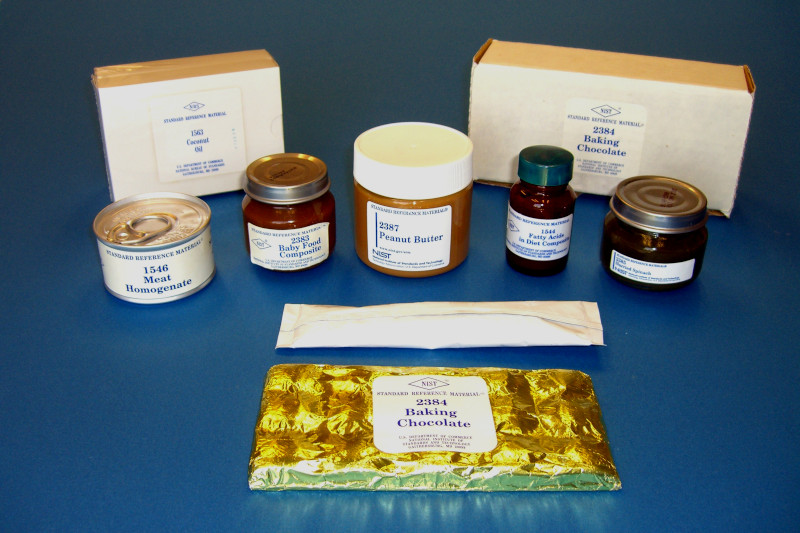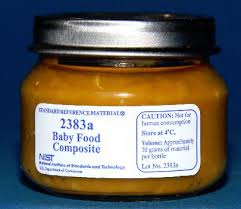
The US National Institute of Standards and Technology was founded on March 3, 1901, first as the "National Bureau of Standards," and renamed in 1988. The government has commissioned this organization to ensure uniformity of weights and measures across the United States, and to help industry, scientists, and everyone else set standards.
One of the main tasks of NIST is the production and sale of "Reference materials on standards", SMS. They provide a wide range of standards, from steel and concrete samples to geological materials such as clay. There are also food standards. Yes, you can buy a can of standard peanut butter from NIST in the US - although its cost is unlikely to compete with what is offered in regular stores. Let's see why this standard food exists and what is on the shelves of the national standards institute.
Getting to know the measures

NIST produces about 1300 different SMS, and 45 of them are related to food and drinks. They are best known for their peanut butter, which rose to fame when a photo of Dr. Carolyn Burdette tasting the material went viral.

The list of standards is huge, although most of them will not taste good - for example, meat homogenate or baby powder food.

Various examples from SMS from NIST from the food and drink section
It's funny to imagine a government agency creating a “standard” peanut butter to rule them all, which should be no better or worse than what you would expect from the product. However, these standards are not guidelines for producers on how to make food. These are tools for calibrating tests.
Manufacturers need to confirm both the nutritional value of the food and its safety, as well as the absence of dangerous impurities in it. To do this, you need to run some complex tests. To confirm the reliability of these tests, you need to have standard, tested material on hand. If, for example, you are testing standard NIST apple juice and the level of arsenic in it is as specified, then you can be sure that when you measure your company's product, you will receive reliable data.

Baby food is a relatively easy subject to test, and Typical Diet will be more difficult to test.
While technically standard NIST food is edible, it is not intended to be consumed internally, and costs several orders of magnitude more than you are used to paying for food in the store. A pack of three cans of standard peanut butter will set you back $ 881 without shipping, as will five candy bars of chocolate. NIST does not give out coupons for holidays either. If we wanted to organize a picnic solely on the basis of SMS, we would choose milk and egg powder, as well as flour to bake a loaf of bread. For the filling, we'd go for oysters (freebie: $ 672 per 25 grams ), beef liver, or perhaps ground spinach for vegetarians.
Overall, these reference materials play an important role in maintaining the quality of the food and drink we consume daily. And together with the formal pale aesthetics of etiquette, these products are perfect for fridge jokes - albeit a little expensive. The work of NIST makes life easier for manufacturers, and helps to provide quality products to consumers. Therefore, the cryptic reference material for standards plays an important role in the food and beverage industry.